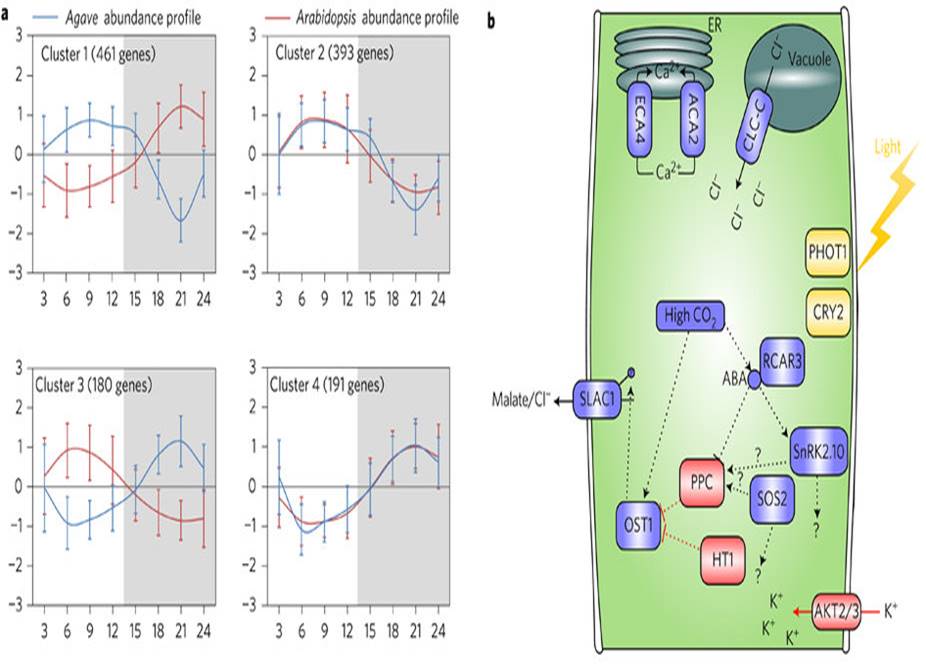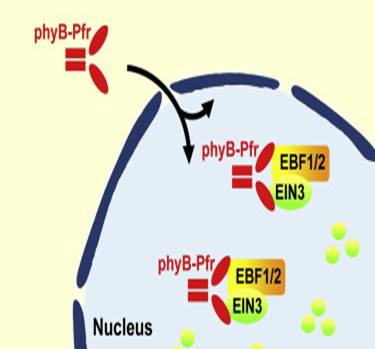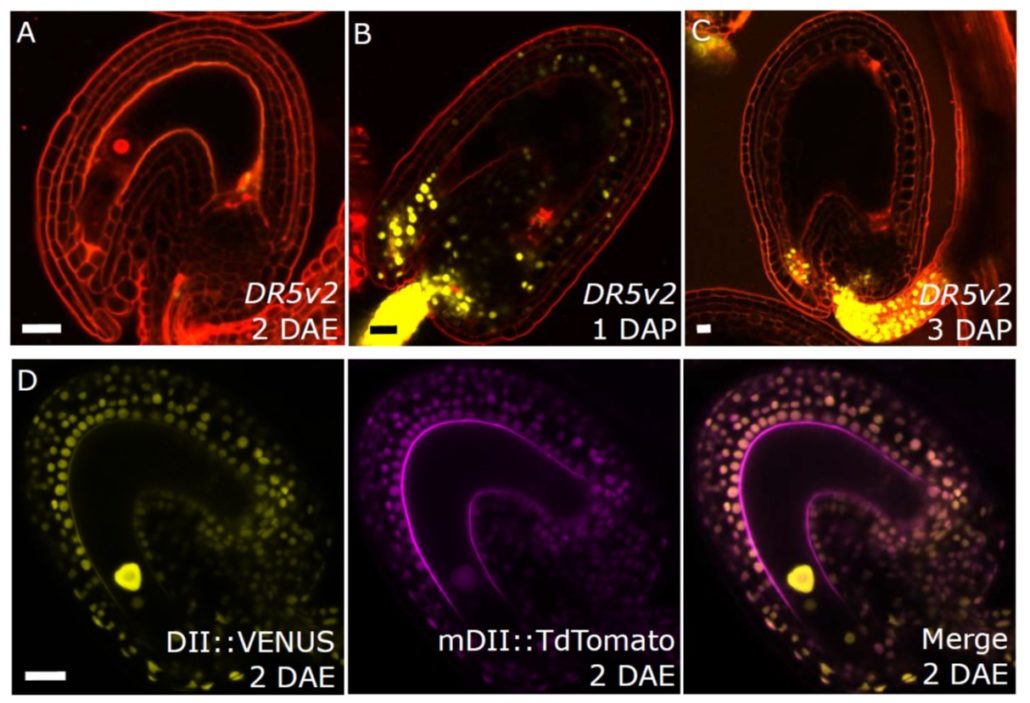
Evolutionary origins of stomata ($)
0 Comments
/
Questions remain about the evolutionary origins and functions of stomata. They are absent from liverworts, present to a limited extent in mosses, and are found on 410 million year-old fossils of Cooksonia, a leafless plant. Chater et al. show that orthologs of two key transcription factors that control…

Review: Endosperm and Imprinting
"The endosperm is often viewed as a complicated and rather strange tissue" begins this review by Gehring and Satyaki. They go on to describe that the endosperm is the site of expression of imprinted genes, which are genes that are expressed soley when inherited from the mother or father. The authors…

GARNet2016 CRISPR/Cas workshop presentation
Slides from the recent CRISPR/Cas workshop held at the GARNet2016 meeting are now available to download. Organized by Vladimir Nekrasov and Amanda Hopes (The Sainsbury Laboratory/University of East Anglia, UK), the workshop title was, "Introduction to CRISPR-Cas, troubleshooting target design…

Did a Swedish researcher eat the first CRISPR meal ever served?
From Science, By Jon Cohen Sep. 7, 2016
http://www.sciencemag.org/news/2016/09/did-swedish-researcher-eat-first-crispr-meal-ever-served
In what Swedish plant scientist Stefan Jansson declares “maybe” a historic event, he cultivated, grew, and ate a plant that had its genome edited with CRISPR-Cas9.…

Transcript, protein and metabolite dynamics in CAM-plant Agave ($)
Crassulacean acid metabolism (CAM) is a specialized form of photosynthesis that greatly increases water-use efficiency by taking up CO2 through stomata that are open at night (when evapotranspiration is low). Engineering plants that can switch to CAM during periods of drought is a key goal towards…

Molecular basis for plant growth responses in shade and under competition for light ($)
The wavelenghts of light perceived by a plant are information-rich, and plants integrate information from photoreceptors tuned to different wavelenghts to optimize their growth and development. Because plants absorb red light but not far-red light, a low ratio of red to far-red light indicates vegetative…

Light suppresses ethylene response by direct interaction between phyB and EIN3
A seedling in the dark produces ethylene, which in a dicot such as Arabidopsis leads to apical hook formation that protects the cotyledons from damage as the seedling pushes through the soil. The emergence of the seedling into the soil causes a rapid transition to photomorphogenesis and a suppression…

Auxin production in the endosperm drives seed coat development in Arabidopsis
Seed vitality is critical for plants’ evolutionary survival and food production by economic crops such as rice, wheat, etc. Seed formation is preceded by well-coordinated events involving mainly fertilization, endosperm and seed coat formation in chronological order. How is the signal relayed from…

Hormone-mediated inflorescence patterning in barley ($)
Youssef et al. investigate how the vsr2 mutant affects inflorescence (spike) development in barley. In the two-row variety, at each node there are two sterile spikelets and a single grain forms. In the six-row variety, each of the spikelets is fertile and three grains form at each node. The vsr2 mutation…

